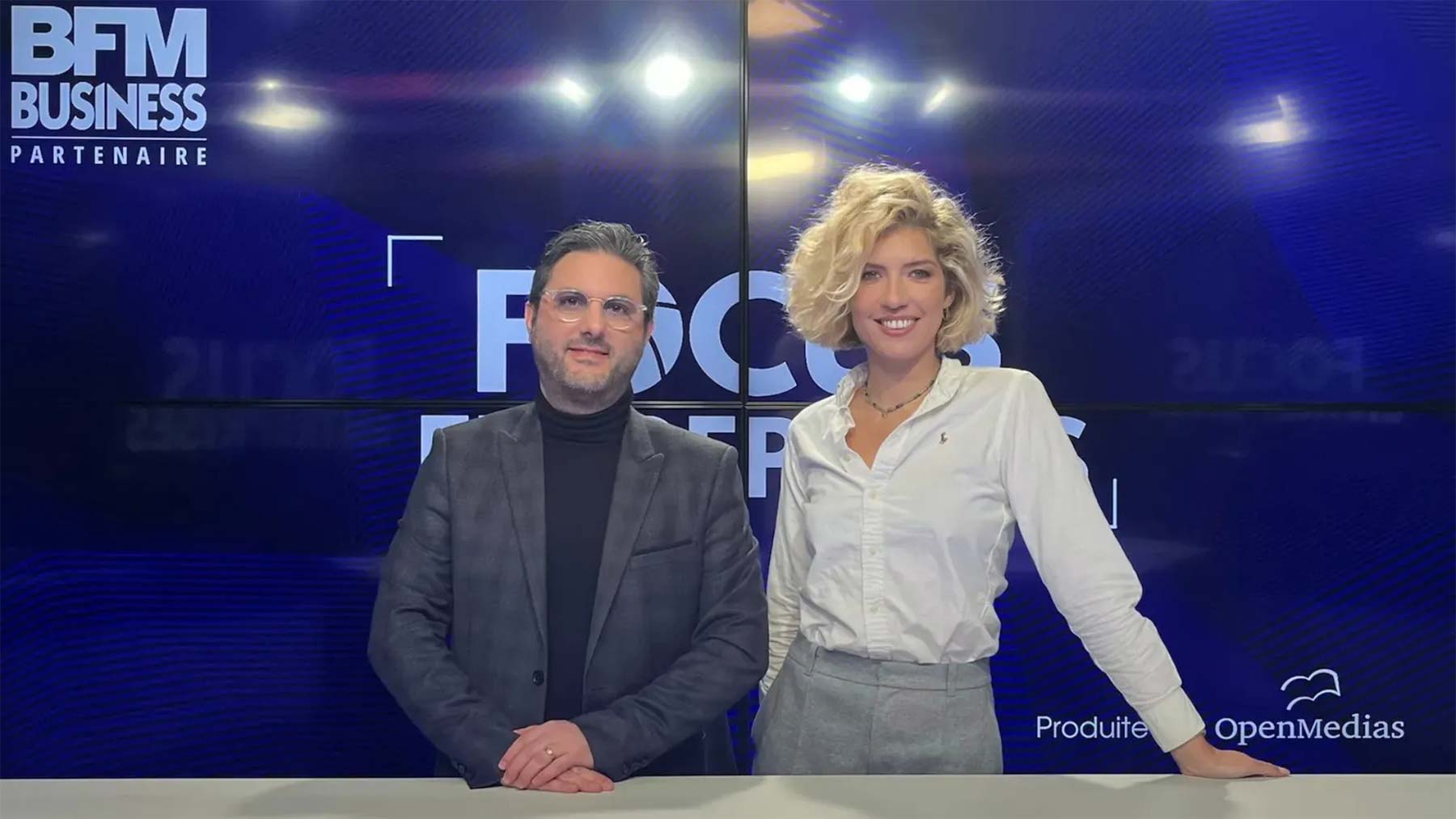Cybersecurity is no longer a luxury, but an absolute necessity for all businesses. Faced with
the increase in targeted attacks and the growing sophistication of threats, it is becoming
imperative to adopt appropriate, scalable protection strategies.
During his appearance on BFM Business, Xavier Brunschwig, CEO of Elit-Technologies, highlighted
the major challenges facing businesses in 2025, and the solutions to be
adopted. This article explores the fundamentals of modern cybersecurity to help both
experts and novices alike to better understand and anticipate future challenges.
Cybersecurity based on the real needs of each company
“There’s no one-size-fits-all solution in cybersecurity. Every company needs to build a
strategy adapted to its context and cyber maturity.”
Some organizations already have advanced protection in place, while others are struggling to
structure their basic security. The aim is not to deploy a technological arsenal without
careful thought, but to build a progressive and appropriate strategy.
Recommended approach :
- Cyber maturity assessment: Where does your company stand today?
- Identifying priority risks: What are the most critical assets?
- Implementing a continuous improvement plan: How can we reinforce safety without
slowing down innovation?
Customized solutions: an imperative in the face of diverse threats
Cyber attacks are becoming increasingly diverse: ransomware, phishing, industrial espionage… In the face of this
diversity, it’s absurd to think that a single solution can secure everything.
Steps to effective, customized cybersecurity :
- Mapping vulnerabilities to understand specific weaknesses.
- Adopt a multi-layered defense approach integrating perimeter protection, application security and
continuous monitoring. - Ongoing security assessment and testing through audits and simulated attacks (Red
Team / Blue Team).
Case in point: an SME specializing in e-commerce does not have the same priorities as an industrial company
managing critical infrastructures. The approach and solutions need to be
tailored to the real issues at stake.
Anticipating and proactively managing cyberthreats
“Waiting until you’re under attack to strengthen your cybersecurity is like waiting until there’s a fire to install
to install smoke detectors.”
Companies need to move from a reactive to a proactive approach:
- Advanced monitoring and detection: Use AI to analyze
suspicious behavior in real time. - Automated incident response to limit the impact of attacks.
- Ongoing team training: 95% of cyberattacks succeed by exploiting
human error.
AI and automation: assets to be handled with care
Artificial intelligence and automation can strengthen defenses, but they
are not a miracle solution.
AI in cybersecurity must be :
- Explainable: Understanding why an alert is generated is crucial.
- Complementary to human expertise: AI detects, but it’s the human who decides.
- Adapted to the context: A finance company and a hospital do not have the same
AI needs.
Making cybersecurity a lever for growth and confidence
Once seen as a constraint, cybersecurity is becoming a real competitive advantage
.
Why investing in cybersecurity boosts your growth?
- Enhanced brand image: A secure company inspires confidence.
- Access to more demanding markets: Some industries impose strict
cybersecurity standards. - Reduce incident-related costs: A cyber incident can cost several million
euros.
Don’t let cybersecurity hinder your development. Turn it into an asset!
Xavier Brunschwig’s appearance on BFM Business highlights an inescapable reality
: the cyberthreats of 2025 will be even more sophisticated, and only those companies
that anticipate these risks will be able to prosper in peace.
- Assess your cyber maturity now.
- Implement an adapted, scalable strategy.
- Strengthen your teams and exploit new technologies intelligently.


